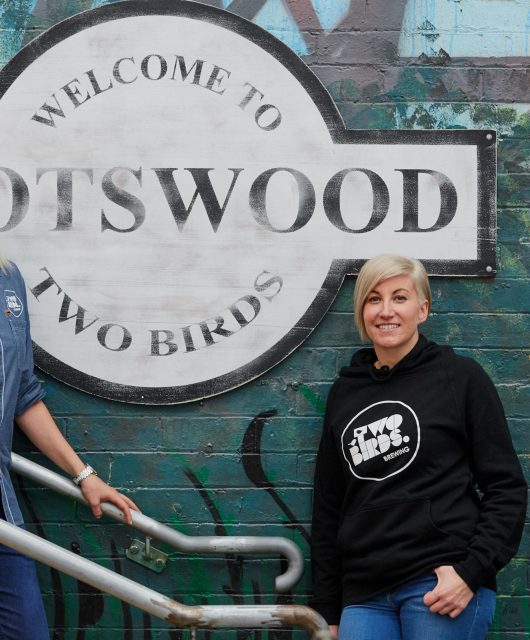It’s without a doubt that Australians have long aspired to own a two storey house in a quiet suburb,
with a white picket fence and a garden big enough for backyard cricket – it is, after all, the Great
Australian Dream. We see home ownership as tied to success, security, and an overall better life; but
in the face of such an expensive market, I have seen many despair about their prospects of securing
a property. As a real estate agent of over eight years, I have seen firsthand, too, how families have
struggled to save in order to afford a house. I suppose the issue then is whether it’s worth sacrificing
your lifestyle to save, build, and buy. And if not, then how can we redefine the Great Australian Dream
for ourselves?
The problem: Glorification of home ownership.
Broadly speaking, the young adults now (who are yet to become first home buyers) tend to prioritise
a travelling and flexible, non-family bound way of life. They’re a new generation who are less likely
to own a car, prefer to spend money on experiences, and want the ability to move quickly in order
to take advantage of new economic opportunities. While it’s true that home ownership provides
the appearance of financial success, there’s a sense of freedom involved when a large sum of your
money isn’t tied down to a 30-year mortgage. And it’s a liberty that occurs, I think, when built-for-rent
properties cater to this contemporary lifestyle more so than the longstanding commitment of
house-ownership.
Indeed, the number of people who have embraced apartment living have certainly surged over the
last few years. This shift in the property landscape is quite evident, with the number of dwellings that
have been rented rising from 2,010,456 in 2006, to 2,561,302 in 2016. Perhaps the new age desire to
substitute possessions with experiences can’t be overstated, as more Australians are leaving behind
the white picket fence ideal and deciding to rent as a lifestyle choice instead.
Broadly speaking, the young adults now tend to prioritise
a travelling and flexible, non-family bound way of life.

The solution: Co-living.
The future that I see being embraced worldwide is this architectural concept of co-living. Some are
quick to dismiss it as a Silicon Valley rebranding of share houses and roommates, but it’s more about
using the home environment as a social function. Individuals and families have their own, separate
homes but share significant spaces, both indoors and out, with surrounding neighbours. From a
courtyard built for loud chatter and playing, to a common house that facilitates social gatherings, coliving
is all about cultivating human interaction and purpose.
Families intentionally choose to live away from the isolation of current housing structures; instead,
increasing their social connections by eating together, taking turns cooking, and contributing to
the sense of community. You share the things you have in common. You divide up tasks based on
individual interests. You watch each other’s kids, and lend out your power tools, and borrow each
other’s cars. This alternative way of living is an intentional decision for people, as social creatures, to
live collaboratively and foster connections.
This is not to say that co-living would appeal to everyone, but it’s food for thought, particularly for
individuals who are looking to engage with the broader community and world.
Of course, co-living isn’t a new concept. It’s an age-old way of living and exists across many cultures,
being established in the likes of Denmark, New York, London, and Singapore. And in light of what
many would call the Australian housing affordability crisis, isn’t it about time we utilised our land in
more innovative and flexible ways?
So, forget your granny flats. Forget the communes and share houses.
I really believe that co-living will be the next step for Australian cities; a solution to the rising
property prices. It is affordable for a market fuelled by inadequate supply of housing, and a taxing
system that favours investors over first home buyers. Whether you’re a group of friends struggling to
afford a first home but have always dreamed of living close together, or you’re downsizers looking to
unlock equity for retirement, co-living allows for varied and flexible household groupings.
Interpersonal and financial benefits aside, it also enables a sustainable lifestyle through sharing and
efficient use of resources and space. Common homes have the convenient property services of an
apartment and often come fully furnished, allowing for easy transfers.
Rethink your home and how you live.
– Written by Eric Wong, Founder Livmo









